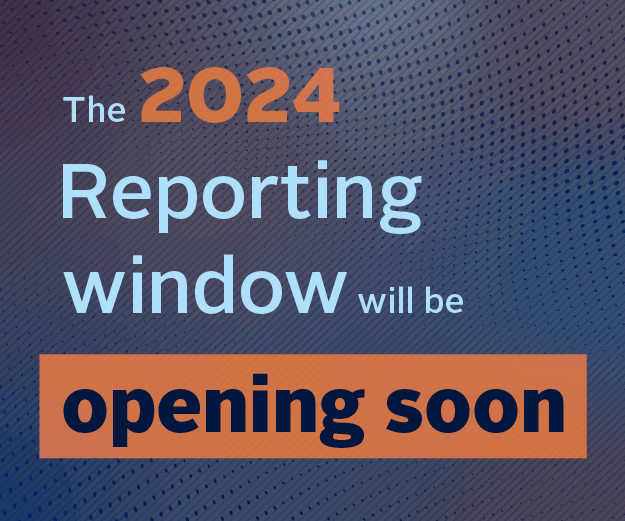- Signatory type: Investment manager
- Asset class focus of case study: Fixed income
- HQ country: United Kingdom
In January 2021, Tabula Investment Management launched the Tabula EUR IG Bond Paris-aligned Climate UCITS ETF. The ETF allows passive investors to align core corporate bond allocations with a 1.5°C Paris scenario. Tabula’s objective with this ETF was to create a simple and transparent product that met the new EU Paris-aligned Benchmark (PAB) criteria. The ETF tracks an index developed in co-operation with Solactive and ISS-ESG. In accordance with PAB rules, the index delivers a 50% reduction in greenhouse gas emissions relative to the broad Euro IG bond market at inception, and a minimum 7% annual reduction. It excludes fossil fuel companies and applies other important ESG screens (e.g. social norms and controversial weapons). Tabula has also initiated a climate-focused stewardship programme.
Why this approach?
When developing the ETF, Tabula focused on three aspects: simplicity; quality of data; and stewardship.
Simplicity: one key advantage of the EU Climate Benchmarks is that, amid a multitude of ESG products and indices, they are defined by the EU and provide a clear starting point for investors. While there are pros and cons to the methodology, it is simple and transparent. As Tabula was one of the first to apply this methodology to the bond market, it felt that retaining this simplicity was important. While some equity PAB indices have included additional screens (e.g. climate risk metrics), the investment manager believed this would add complexity, making due diligence more onerous and making it more difficult to track performance against traditional benchmarks.
The only additional features in the Tabula ETF are some constraints that keep the sector, rating and maturity profile within range of the broader market and a strict liquidity filter to ensure the ETF is cheap and efficient to trade.
High quality data: data quality is one of the most important considerations in any ESG product, but particularly for passive products where rules are applied across a broad universe and there is no scope for manager intervention. Tabula’s ETF uses ESG and emissions data provided by ISS-ESG. It uses a methodology developed with scientists from the Swiss Federal Institute of Technology and has a detailed verification process for self-reported data.
Stewardship: Tabula focuses its stewardship efforts on issuers that are excluded from the ETF. There are three reasons for this. Firstly, as a bond holder, it does not have voting rights, so its ownership status is less important. Secondly, because of the limits on fossil fuel revenues in the PAB rules, the ETF is underweight the energy sector. Many of the excluded energy companies are important euro-denominated bond issuers. In an ideal world, a core passive product would reflect the market. However, to qualify for the index and the ETF, these issuers will need to adjust their revenue mix by focusing more on renewables; Tabula’s engagement focuses on this. Finally, for a climate-aware ETF, it makes sense for climate to be the focus of stewardship activities. Tabula has joined the Institutional Investors Group on Climate Change and the Climate Action 100+ (many of the companies targeted by this initiative are also excluded from the ETF), becoming an active participant in collaborative engagements and joining the engagement group of a major energy company that is an issuer of euro-denominated bonds.
Outcomes
- The ETF results in a significant reduction in portfolio emissions. Investors can use the ETF to reduce the emissions of their euro IG bond allocation by over 60% versus the broad market (as of 30 September 2021).
- It sends a strong signal on climate and the importance of the Paris goals. In addition, the exclusion of fossil fuel companies by bond investors could begin to impact refinancing, particularly if it coincides with action on lending by banks.
- It contributes to the EU Taxonomy’s do no significant harm criteria. The PAB rules stipulate that issuers violating global norms are excluded.
- It offers a diversified ETF with a clear risk profile versus existing Euro IG benchmarks. The ETF comprises 188 bonds from 120 issuers and is underweight in energy, utilities and industrials (as of 30 April 2021).
Benefits
This ETF allows passive investors to move core bond allocations in a more climate-orientated direction, rather than waiting for more impactful but also potentially more complex and less diversified solutions. It uses a regulator-defined methodology, providing reassurance for traditional benchmark investors. By applying the methodology without many additional features, Tabula has created a replacement for existing core products. The liquidity offered by the ETF means it can also be used for tactical or short-term positions.
In an evolving market where there is no ‘right answer’, transparency is another benefit. Tabula publishes detailed daily portfolio composition information. It also produces monthly emissions reporting and quarterly commentary, providing performance and carbon metrics but also highlighting relevant climate-related news, recent exclusions/inclusions and its stewardship activities.
Challenges
Differences between data providers have been a major challenge. Even where underlying emissions data is similar, the choice of GHG metric (gross emissions or intensity) and/or calculation method can have a significant impact. An investor analysing the ETF using a different data provider could get different and sometimes counterintuitive results. Tabula works with Solactive and ISS-ESG to provide a high level of transparency. It also works with other data providers to understand their methodologies and explain discrepancies to investors. Even in a passive product, ESG screening and the inclusion/exclusion of specific issuers can also raise questions. For example, ESG data providers have differing views on VW and whether it should still be excluded for violation of UN Global Compact principles. This has led to many interesting discussions with investors. Again, transparency is key.
Another challenge Tabula has found has been to contain enthusiasm, particularly in the media, for the product’s benefits. Given the novelty of the product, Tabula has sought to be very precise in investor and media communications about what this ETF is, and is not, designed to achieve.
Next Steps
Tabula intends to launch more Paris-aligned/climate products and is gathering investor feedback on possible improvements. As passive investors become more committed to climate issues, it expects to see greater flexibility on tracking error, and an acceptance that passive benchmarks should reflect the new economy rather than the old economy.














